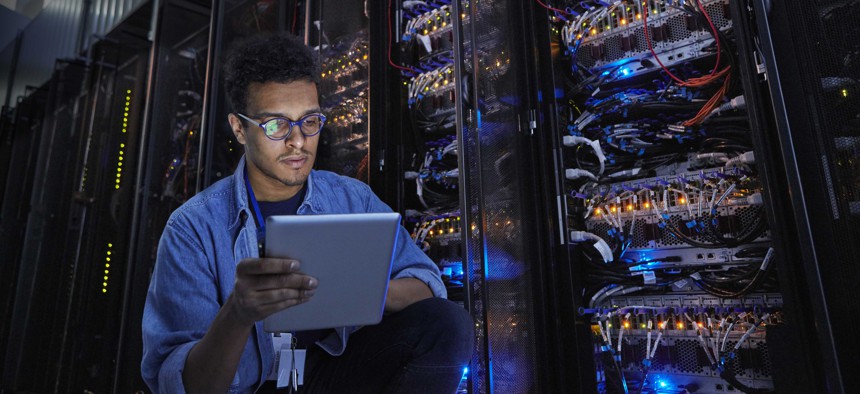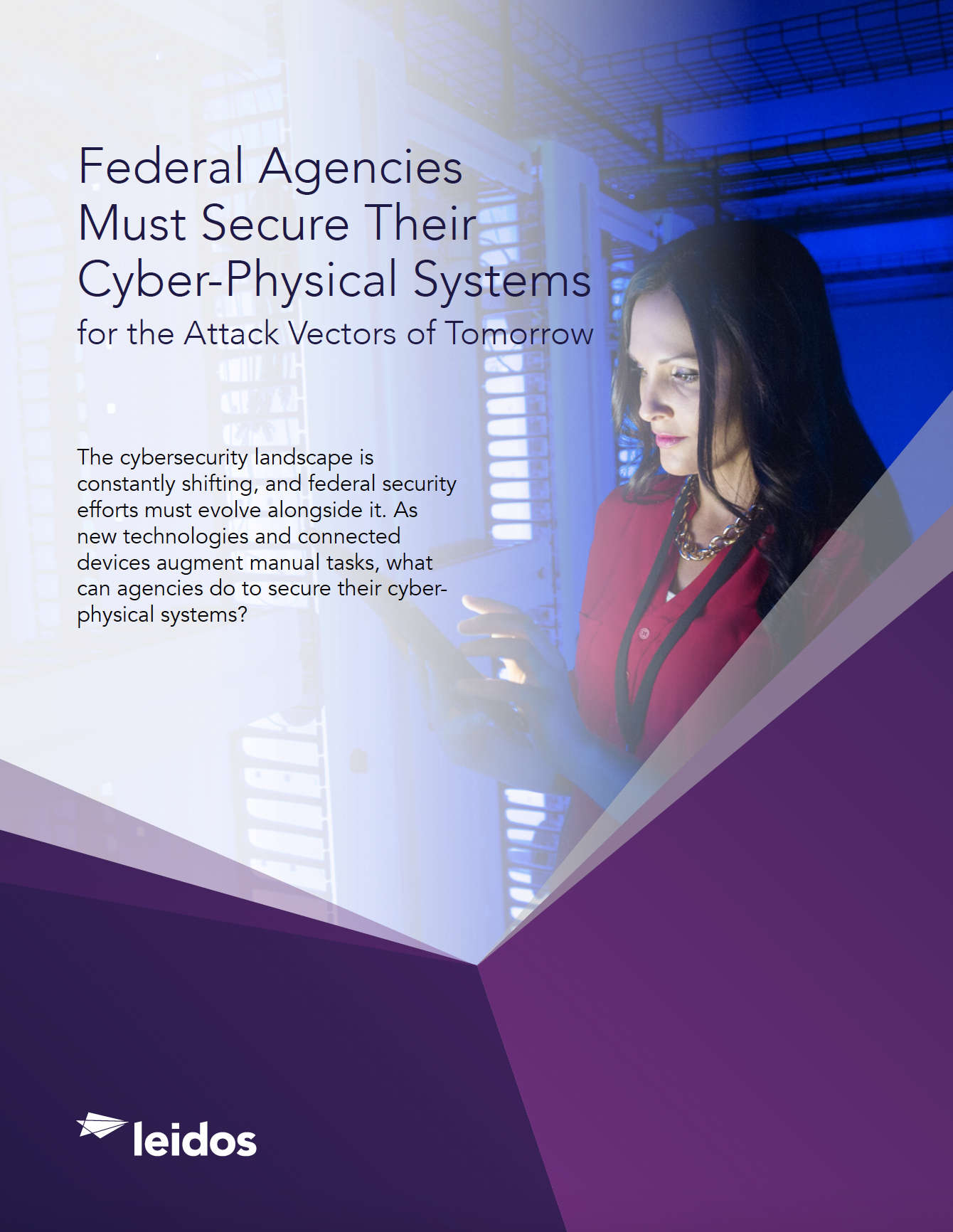Federal Agencies Must Secure Their Cyber-Physical Systems for the Attack Vectors of Tomorrow
As new technologies and connected devices augment manual tasks, what can agencies do to secure their cyber-physical systems?
Presented by
Leidos

The increased convergence between traditional IT infrastructure and cyber-physical systems – from internet-of-things to industrial control systems – is increasing, and it brings increasing risk. In 2021 alone, there were an estimated 12.2 billion active endpoints — and that number will continue to grow, reaching 27 billion by 2025. With the rise of devices connecting wirelessly to networks comes higher data transmission and a wider threat landscape. Securing critical cyber-physical devices is key to keeping citizen and mission data safe, and keeping systems operational.
For example: Drones, medical devices, connected fleet vehicles, smart houses, buildings, and cities, as well as supervisory control and data acquisition (SCADA) systems are all cyber-physical systems. Securing them is important to securing our nation’s digital infrastructure. Today’s threat actors are sophisticated and advanced. So how can agencies ensure they are properly and effectively securing their cyber-physical systems?
Download the asset below to learn more about how your agency can secure its cyber-physical systems.
This content is made possible by our sponsor Leidos; it is not written by nor does it necessarily reflect the views of NextGov's editorial staff. Discover how Leidos can help your agency build future-proof digital solutions.
NEXT STORY: Three Small Steps Agencies Can Take to Embrace the Future of the Federal Workplace




